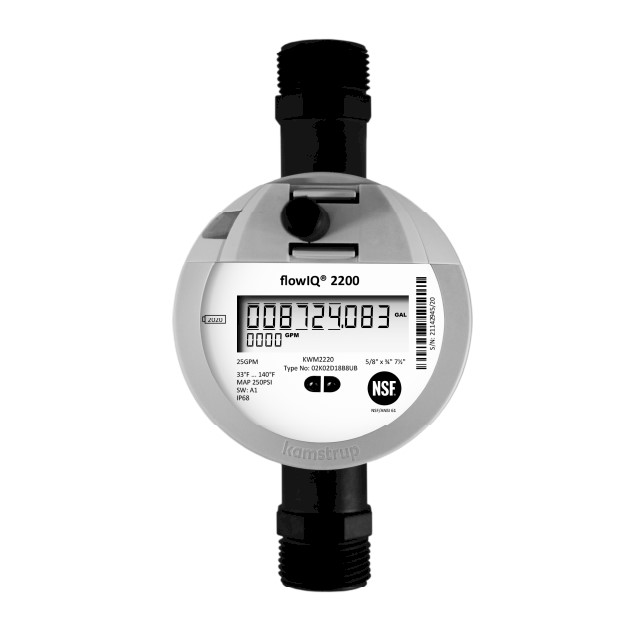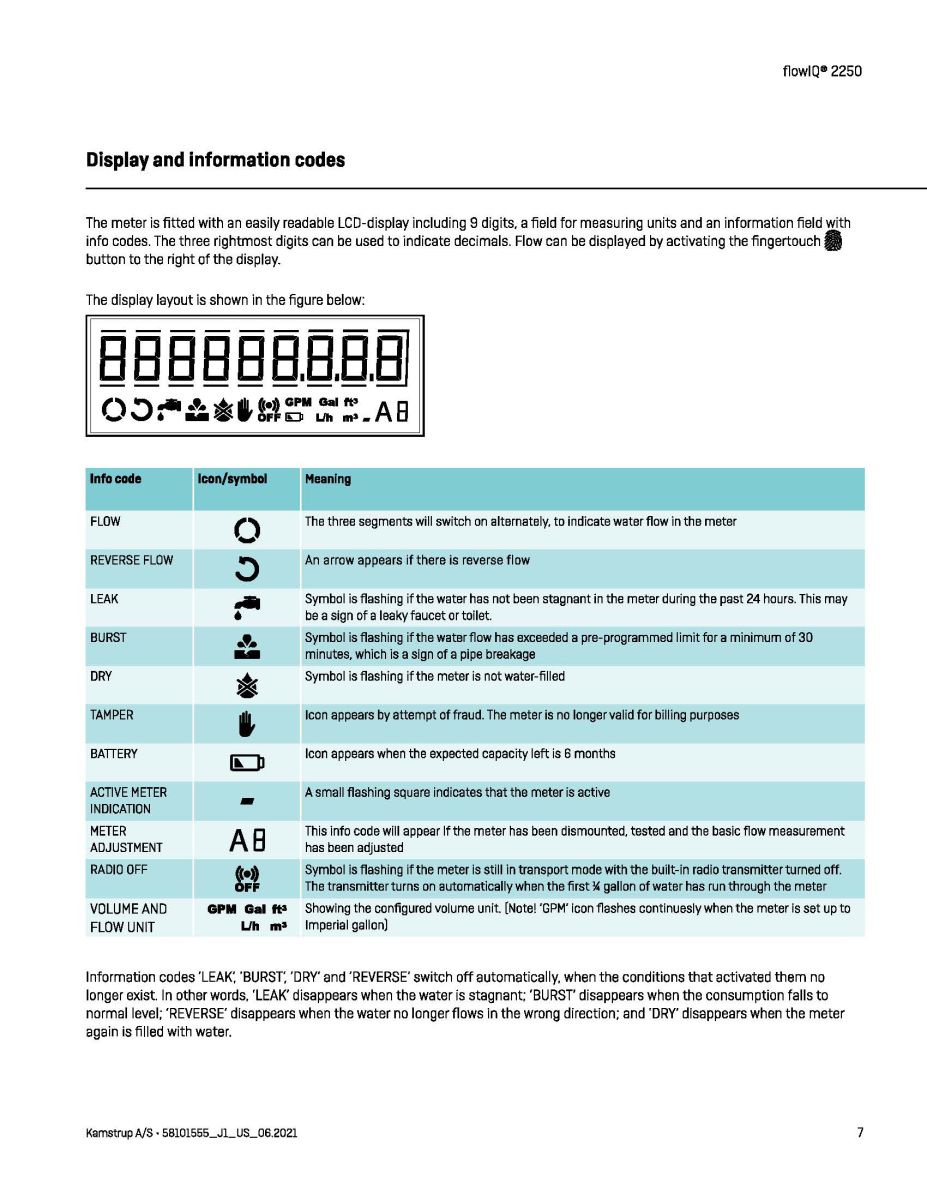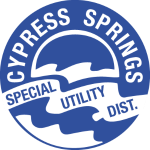**Please ensure that we have your most current contact information, including your email address and phone numbers. **
New Water Meters
KAMSTRUP AMI METER SYSTEM:
As of January 2023, we started replacing all water meters as part of a program to (1) read our meters more efficiently and accurately and (2) provide the ability to review water usage and monitor current usage close to real-time. The new meters have no moving parts; instead, they use ultrasonic signals to measure water flow more accurately, registering a drop of water every 11 seconds. You can learn more about ultrasonic measuring technology by clicking the video below.
Steps to properly read your smart water meter:
1) Locate your meter box. This will usually be a black box in the ground between you
and your neighbor’s home, close to the street.
2) Remove the meter box lid. Check the meter number to ensure it matches the meter number
on your account. It is the bold number displayed. In this case, number 26439239.
3) On the meter display, it has a decimal point. Every digit to the right is a fraction of a gallon,
and every digit to the left is whole gallons. This display has hash marks above and below the
far left four digits, indicating it is billing in thousands of gallons.
4) To calculate your water consumption, subtract last month’s reading from the current
reading. You will need to make the last two digits zeros and add two zeros to last month's reading since we bill per 1,000 gallons.
Use your water meter to check for leaks:
1) Ensure no water is being used inside or outside your home.
2) Look at the smaller numerical digits in the lower left of the display labeled (GPM) gallons per
minute. This will indicate the amount of water passing through the meter at that time.
3) If the display shows a leaky faucet symbol (refer to the Info Codes at the bottom), you have had continuous flow in the
last 24 hours. This indicates a possible small leak. This alert will switch off automatically when
the condition no longer exists.
4) If the display shows a broken pipe symbol, you have had consistently high
consumption for half an hour, which could be a large leak. This alert will switch off automatically
when the condition no longer exists.

We are excited to announce that we use AMI technology to assist in leak detection. Please note that our system is not monitored in real-time, and unless it meets certain criteria, we are not alerted to higher-than-normal usage. As a courtesy, we strive to identify unusually high water usage that exceeds the usage at various intervals during the month. We encourage you to regularly check your water usage and address any pressure issues promptly. Please note that we are not responsible for any issues that occur on the customer's side of the meter or for any water usage that has passed through the meter. While we can’t see exactly where the water is going, it simply means more water than usual has passed through your meter.
To help track it down, some things to check are:
• Check behind large appliances, under sinks, and around toilets (silent leaks happen often).
• Test toilet by using toilet dye tablets or a few drops of food coloring in the tank—if color appears in the bowl without flushing after 20 minutes, there is a leak. Issues could trace back to the wax ring or rubber seals. Free dye packs are available at our office.
• Walk your yard to look for damp spots along your water lines
• Check for busted sprinkler heads if you have a sprinkler system
If you are unable to locate the source of the increased usage, please consider contacting a licensed plumber for further inspection.
Thanks for being proactive and helping us keep our water system running smoothly for everyone. Together, we can make water use more efficient for our whole community. Thank you for being proactive in managing your water usage!
**If you plan to be away for an extended period, ensure that you turn off your water at the personal shut-off valve on your side of the meter. If you have a sprinkler system, it is advisable to install an individual personal shut-off valve at the house. This will allow you to bypass the sprinkler system while still enabling it to run on its scheduled times.
**Please ensure that we have your most current contact information, including your email address and phone numbers. **


